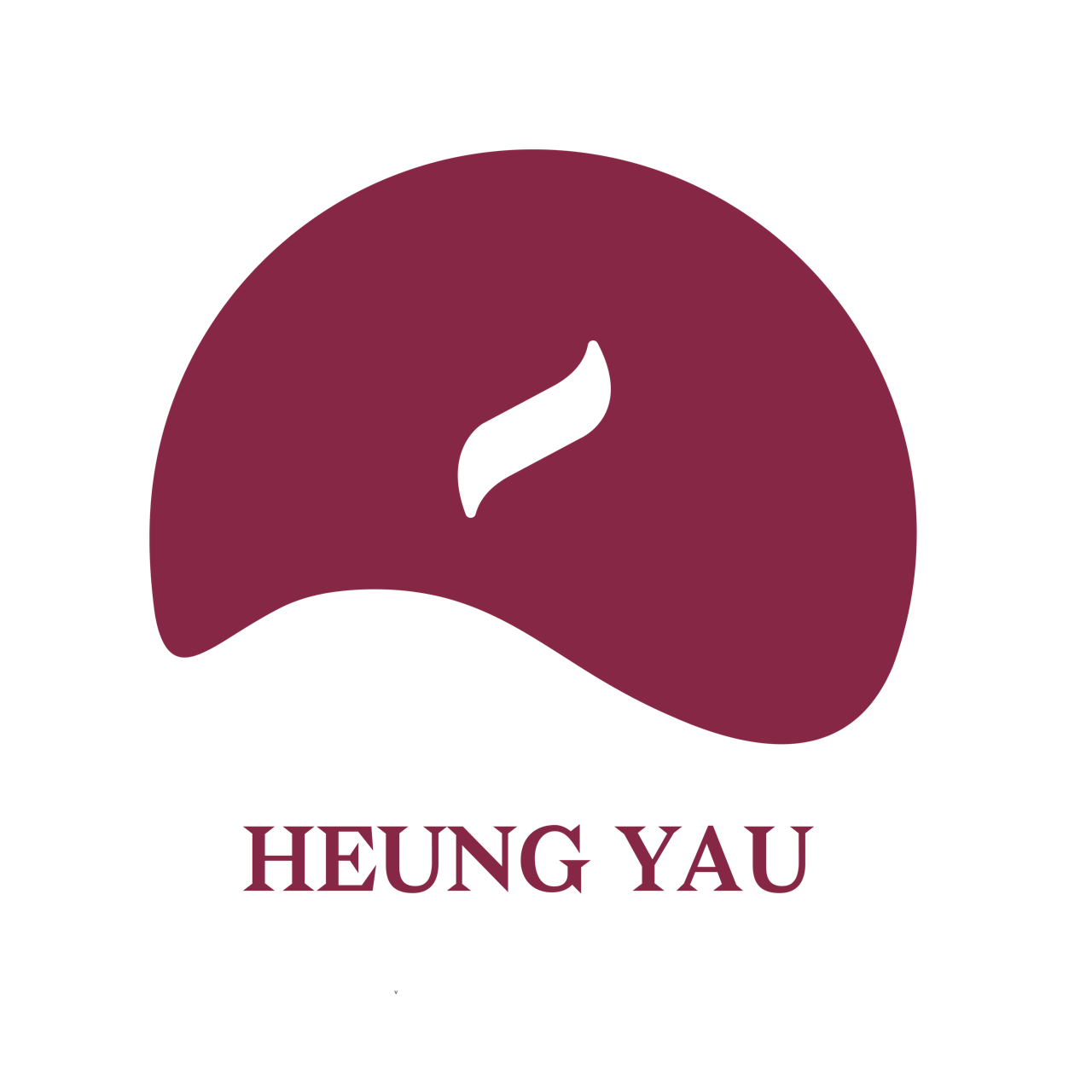"Current Facts about the Origin of Hong Kong's Name": The Origin and History of Hong Kong's Name
Do you know the origin of Hong Kong's name? It turns out the name "Hong Kong" is related to a plant called Aquilaria sinensis. Let's learn about the story behind the name "Hong Kong."
Hong Kong's relationship with fragrant wood and its historical stories
The word "香" (fragrance) in Hong Kong originates from a plant called Aquilaria sinensis. Aquilaria sinensis is the source of the valuable incense, agarwood. When the trunks of old trees are invaded by fungi, the plant secretes resin as a defensive measure, a process known as "agarwood formation." Agarwood is a combination of Aquilaria sinensis and the fungus.

(Figure 1: Agarwood)

(Figure 2: Worm-infested agarwood)
According to historian Professor Luo Xianglin's book "Hong Kong and Its External Communications Before 1842," the Dongguan area and Hong Kong's New Territories regions of Lek Yuen (Shatin) and Sha Lo Wan (west of Lantau Mountain) possess firm, infertile loess, making it ideal for growing aromatic wood. Consequently, large quantities of agarwood were cultivated during the Song Dynasty, making it a major producer of agarwood.
To make a living, agarwood farmers transported their agarwood products, such as amber-like and translucent blocks (also known as "Wanxiang"), to Tsim Sha Tau (now Tsim Sha Tsui). From there, they used small boats to transport the products to Shek Pai Wan (now Aberdeen), where they were finally traded in mainland China and Southeast Asia. As a result, Shek Pai Wan became a transshipment port for agarwood products, known as the "Port of Incense," and "Hong Kong" became the name of the entire region.

(Figure 3: Old map of Hong Kong)
Hong Kong's precious fragrant wood – Agarwood
Hong Kong's most famous aromatic wood is Aquilaria sinensis, a species similar to Dongguan Aquilaria sinensis. It is a prominent species found in Feng Shui forests and secondary forests in country parks. It has been a tribute to the imperial court since the Song Dynasty and is used to extract aromatic oils and make incense and candles. However, Aquilaria sinensis is currently classified as "Vulnerable" on the International Union for Conservation of Nature's Red List of Threatened Species and is also listed in the Hong Kong Rare and Precious Plants List. Possession of Hong Kong Aquilaria sinensis is now illegal.
When incense is used in Hong Kong (traditional festivals/ceremonies)
Incense is commonly used in Hong Kong during worship, offering sacrifices to gods and ancestors. For example, during New Year's Day, people visit temples to pray for a smooth year ahead. During Qingming Festival and the Double Ninth Festival, incense is used to honor ancestors. Incense is also a common fixture in Hong Kong's traditional festivals. Every Mid-Autumn Festival, Tai Hang hosts the Tai Hang Fire Dragon Dance. Nearly 300 people dance with a 67-meter-long fire dragon, adorned with over 10,000 incense sticks. Accompanied by the lively sounds of gongs and drums, the dance brings Tai Hang to life.

(Photo 4: Fire Dragon Dance in Tai Hang )
Products made from fragrant wood and their production process
Incense wood can be made into a variety of products, the most common of which is incense used in religious ceremonies. Incense for the gods is a type of incense used for offerings to the gods. Its production is primarily divided into two methods: rubbing incense and pouring incense. Rubbing incense involves first mixing sawdust, spices, and incense powder in a suitable proportion in a bowl, pouring it into a basin, and rubbing it back and forth by hand. The heat creates a sticky incense powder, and then bamboo sticks are placed in the powder, rolling them one by one, until they are sufficiently coated. After rubbing, they are then sun-dried. Rubbing incense requires a highly technical and meticulous process, resulting in a relatively high cost. Pour incense, on the other hand, involves directly dipping a large bundle of bamboo sticks in water, inserting them into the powder slurry, and repeating this process three times before sun-drying. This is more efficient.
In recent years, more people have adopted incense sticks, which can purify spaces, deodorize, and relax and heal the body and mind. There are two main methods for making incense. One is "plant grinding," which involves directly grinding wood, fats, leaves, stems, and other plant materials into a powder. Sticky plant powders (such as nanmu powder and elm bark powder) are then added to form incense sticks or towers. The other is "essential oil infusion," which involves adding aromatherapy oils, essential oils, and other fragrances to de-oiled powders (plant powders without oil, often left over from essential oil extraction) or odorless chemical sticky powders while mixing the incense into a ball or after the ball is formed.

(Figure 5: Natural incense sticks from Xiangqiu)
Incense sticks made from natural materials
Many people are now concerned about their physical, mental, and spiritual well-being, and they value the origins of products, including whether they use natural ingredients or artificially added chemicals, hoping to reduce environmental pollution and harm to themselves. A local handmade incense brand, Incense Hill, is committed to using traditional production methods with innovative elements to create a variety of natural, additive-free incense products with diverse benefits. They hope to make Hong Kong, once famous for its agarwood, a place known as Hong Kong's souvenir.

(Figure 6: Natural incense sticks from Xiangqiu)
Xiangqiu makes all-natural incense sticks and tower incense and delivers them to your door!
👉🏻Click here to get pure naturalhandmade incense immediately👈🏻

👉🏻Xiangqiu 's own designed incense holder - "Incense Burner: Time Time Traveling Incense Box Series" 👈🏻





Comments (0)
There are no comments for this article. Be the first one to leave a message!